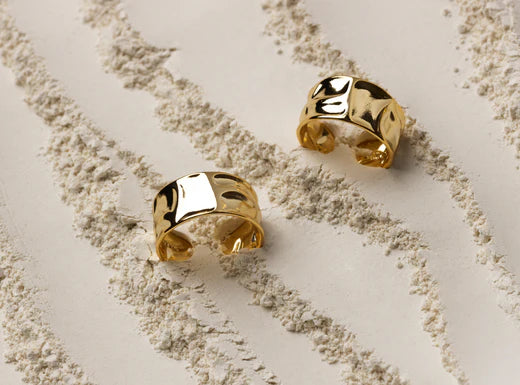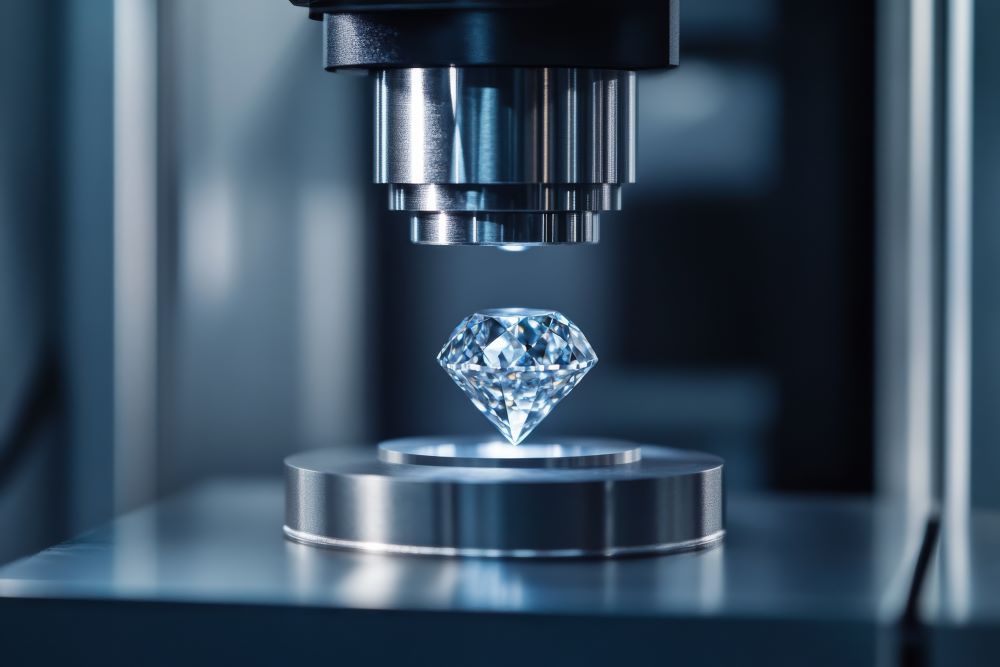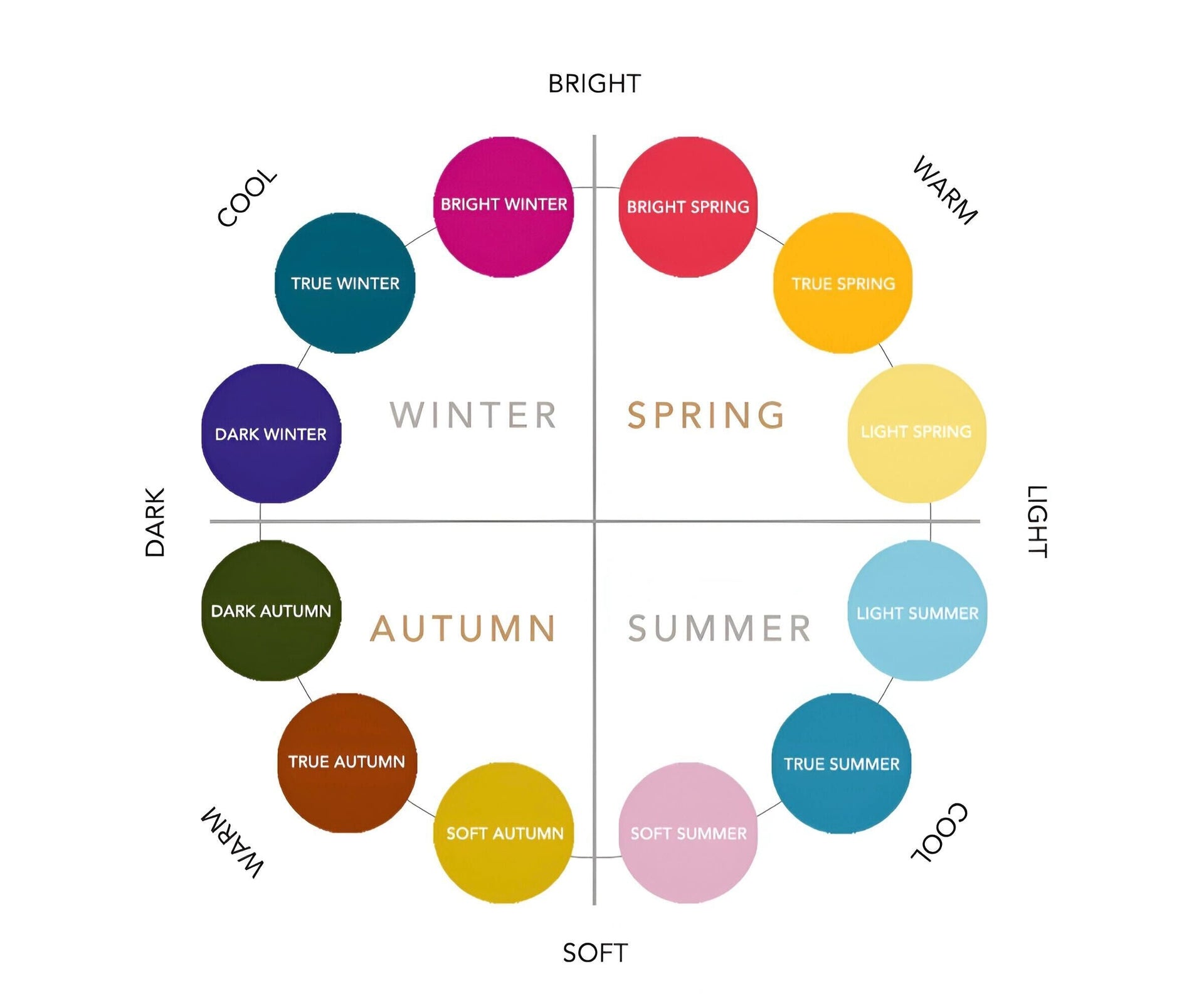Who wants to wear a ruby or gold ring if it's tainted by unethical practices? Behind some jewellery lies a history of harm – from dangerous working conditions in mines to the environmental devastation left in their wake. We seek a world where gems are acquired fairly, where fashion enhances lives rather than destroys them.
But how can you achieve that sparkle with a clear conscience? This guide will help you explore the world of sustainable, or ethical, jewellery. You’ll learn how these pieces are made responsibly and discover tips for identifying the real deal.
What Makes Jewellery Sustainable?
For jewellery to be truly sustainable, every step – from sourcing to production to sales – must be carried out responsibly. By following sustainable practices, jewellers protect both the planet and its people. Here's what it involves:
- Ethically sourced metals and gemstones: These materials come from mines that prioritise human rights, ensuring worker safety and fair wages.
- Eco-friendly processes: Extracting, refining, and polishing are done in ways that reduce pollution and waste.
- Support for traditional methods: Many ethical jewellers partner with cooperatives that preserve cultural heritage while empowering local communities economically.
- A focus on durability and recyclability: Sustainable jewellery is designed to last, with minimal carbon emissions. Disposable fashion has no place here!
- Transparency: Ethical brands offer full transparency throughout their supply chain, ensuring no exploitation occurs along the way.
This approach transforms jewellery from a mere status symbol into a statement of stewardship, where ethics and aesthetics go hand in hand. So, how do companies ensure their products meet these high standards?
How Ethical Companies Ensure Sustainability
The jewellery industry has long been associated with exploitation and environmental harm. However, ethical brands are actively working to change that. Here are some key strategies they employ:
Tracing Metals and Gemstones Back to the Source
Most precious metals and gemstones come from large mines with questionable practices. Ethical brands trace their materials back to small, verifiably responsible mines or recyclers. For gold and diamonds, this often means sourcing from 'conflict-free' or 'post-conflict' zones, directly supporting communities as they rebuild after war, rather than fuelling further conflict.
Implementing Green Processes
Traditional jewellery-making can produce significant waste and pollution. Ethical brands counter this with practices like:
- Using recycled metals wherever possible, combined with cleaner refining methods.
- Opting for lab-grown diamonds and synthetic gems, which offer the same sparkle with a smaller environmental footprint.
- Powering production with renewable energy.
- Reusing water in the polishing process.
These methods help minimise the environmental impact without compromising on quality.
Partnering with Responsible Suppliers
Sustainable jewellers carefully vet their suppliers, choosing partners who share their commitment to ethical practices. They work with cooperatives and artisanal producers who offer fair wages, safe working conditions, and long-term job security. Some brands even invest in community development projects, funding education, healthcare, and environmental restoration in the areas where their materials are sourced.
Designing for Longevity
True sustainable jewellery is built to last. These pieces are made with durability in mind, ensuring they don’t end up in landfills. Many brands also offer recycling programs, allowing customers to return unwanted pieces for reuse.
By considering the full lifecycle of each piece, ethical jewellers ensure sustainability remains a top priority.
Why Ethical Jewellery is a Win-Win
For years, many believed that sustainability and profitability couldn’t coexist in the jewellery industry. However, it’s now clear that elevating ethics boosts brand loyalty and opens new markets. Here’s how:
-
For People: Ethical brands guarantee safe working conditions and fair wages, empowering workers who might otherwise face exploitation. Investing in local infrastructure also helps provide access to healthcare and education, lifting entire communities.
-
For the Planet: Using recycled or synthetic materials reduces the need for destructive mining, preserving habitats and natural resources.
-
For Businesses: Ethical jewellers report increased turnover and stronger customer loyalty. Consumers are willing to pay a premium for products they know are ethically sourced.
-
For Culture: By supporting cooperatives, ethical brands help preserve traditional techniques, ensuring that artisanal crafts aren’t lost to modernisation.
-
For Consumers: You get to enjoy beautiful, stylish pieces that reflect your values, proving that luxury and ethics can coexist.
In short, ethical jewellery offers benefits for everyone involved – from the miners to the end customer.
How to Identify Truly Sustainable Jewellery
Here are a few tips for ensuring that the jewellery you buy is genuinely sustainable:
- Look for third-party certifications: Trusted labels like Fairtrade and Fairmined verify that materials are sourced responsibly.
- Review supply chain transparency: Ethical brands should provide details on their sourcing and offer third-party audits to back up their claims.
- Examine sustainability reports: Look for annual reports that include measurable data on the brand’s environmental and social impact.
- Check for community investment: Does the brand actively support economic and social programs in mining communities, or are their commitments purely surface-level?
- Consider longevity and recyclability: Ethical jewellery is built to last, with minimal packaging and options for recycling at the end of its life.
Final Thoughts
As the sustainable jewellery market grows, it’s important to ensure it doesn’t fall into the trap of greenwashing. By taking the time to research and verify the ethical credentials of a brand, you can ensure your purchases benefit both people and the planet.
So, the next time you treat yourself to a new piece of jewellery, consider choosing one that embodies responsibility as well as beauty. With sustainable jewellery, you can build a collection that’s powered by purpose, not exploitation.


